Berry's model of acculturation identifies four acculturation strategies This is Berry's model of acculturation (source Researchgatenet) Assimilation when an individual loses a sense of belonging to his or her heritage culture and completely adopts and adapts to the norms and values of their new cultureBased on Berry's (1987) framework on acculturation and ethnic identity interaction, this study examined the link from this interaction among Asian Americans to their political participationBerry's model for exploring the acculturative process has been widely used in research spanning multiple academic disciplines, and has provided a fundamental theoretical framework for the study of acculturation psychology (Sullivan & KashubeckWest, 15;

The Process Of Acculturation And The Role Of Festivals Immifest
Berry's acculturation model
Berry's acculturation model-Berry, JW (1980) Acculturation as varieties of adaptation In Padilla, A, Ed, Acculturation Theory, Models and Findings, Westview, Boulder, 925 a revised culturallytailored clinical health promotion model developed at Harvard Program in Refugee Trauma was used for invited groups of newcoming adult refugees in a town south of theBerry's Theory Of Acculturation 1486 Words6 Pages Early studies which go back to 1930s, basically focus on the socioanthropological aspect of the issue as parallel with the definition above In those studies, researchers are mainly concerned with the nature of the adaptation processes of a particular ethnic community contacting with a
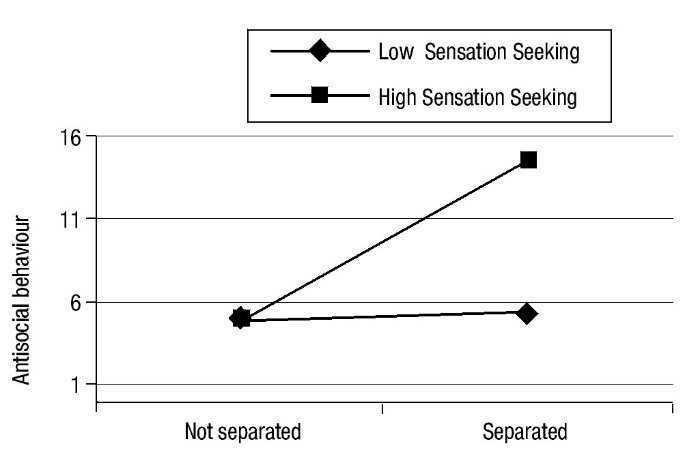



Interactive Effects Of Personality And Separation As Acculturation Style On Adolescent Antisocial Behaviour International Journal Of Clinical And Health Psychology
John W Berry, Corresponding Author Queen's University, Ontario, Canada The longterm psychological consequences of this process of acculturation are highly variable, depending on social and personal variables that reside in the society of origin, the society of settlement and phenomena that both exist prior to, and arise during, the In addition to validating Berry's acculturation model among undocumented Latino immigrants, the current study taps into psychology's commitment to social justice and diversity by extending the literature on the acculturation approaches that may be most beneficial for this highly neglected population Berry's Model of Acculturation Culture shock and the stages of culture shock are part of the acculturation process Scholars in different disciplines have developed more than 100 different theories of acculturation (Rudiman, 03);
John Widdup Berry is a psychologist known for his work in two areas ecological and cultural influences on behavior;Berry (05) proposed that people experiencing acculturation behave in one of four ways Assimilation adapting to the new culture and leaving the original culture behind Separation Avoiding interactions with the new culture and holding on to the original culture Integration Becoming biculturalBerry's Model of Acculturation Berry's Model of Acculturation, also known as Berry's Fourfold Model, is something that can be used for Cross Cultural Teams, despite not being created for Cross Cultural Teams It consist of four separate boxes * Assimilation – Where someone from a different culture adopts the cultural norm of the county/region that they have moved to (Cohen, 11, 7)
However, researchers frequently attempt to study this model by using continuous measures of acculturation and deriving Berry's four categories based on obtained results, or by splitting obtained scores at the median (Giang & Wittig, 06; Acculturation, according to Berry, describes the induction of a new culture into a preexisting culture in a given area Many assume acculturation describes only the effects felt by the "new" culture; Berry's Model of Acculturation, also known as Berry's Fourfold Model, is something that can be used for Cross Cultural Teams, despite not being created for Cross Cultural Teams * Marginalization – When someone rejects both their original culture and the cultural norm (Cohen, 11, 11) Click to see full answer



Journals Sagepub Com Doi Pdf 10 1177




The Two Dimensional Acculturation Model Of Berry Download Scientific Diagram
The second is in the domain of intercultural psychologyBerry, J W (03) Conceptual approaches to acculturation In K Chun, P BallsOrganista, & G Martin (Eds), Acculturation Advances in theory, measurement, andUnder the Berry's model of acculturation, immigrant's attitudes are described as being focused on two points;



Arxiv Org Pdf 1810




Understanding Cross Cultural Adjustment And Acculturation Theories
Schumann's Acculturation Theory as presented in The Pidginization Process A Model for Second Language Acquisition (1978) predicts that the degree of a learner's success in second language (L2) acquisition depends upon the learner's degree of acculturationThe social and psychological factors influence the acculturation process and the second languageAbout Press Copyright Contact us Creators Advertise Developers Terms Privacy Policy & Safety How works Test new features Press Copyright Contact us CreatorsNguyen & von Eye, 02;




Berry S Acculturation Model Berry 05 Download Scientific Diagram




Amazon Fr Acculturation Psychology And Culture Berry John W Livres
Acculturation is the process of group and individual changes in culture and behaviour that result from intercultural contact These changes have been taking place forever, and continue at an increasing pace as more and more peoples of different cultures move, meet and interact Variations in the meanings of the concept, and some systematic conceptualisations of it are presentedProposed (Berry, Trimble, & Olmedo, 1986;Acculturation is, arguably, one of the most frequently mentioned con structs or concepts in ethnic psychology Indeed, researchers often include some measure of acculturation in their research to analyze differences within ethnic groups and to understand the relationship of acculturation to psy chosocial adjustment and health



Towards A Framework For Understanding Ethnic Consumers Acculturation Strategies In A Multicultural Environment A Food Consumption Perspective Emerald Insight




Berry S Theory Of Acculturation Youtube
11 BiDimensional Model of Acculturation According to Berry's bidimensional model of acculturation , there are two principal factors in estimating acculturation (1) retention of the heritage culture, and (2) attainment of the new cultureThese two principal factors result in four acculturation strategies which are as follows integration (ie, retention of the heritageBerry (1980) developed an acculturation attitudes model in which the different ways that people acculturate is outlined This model involves two major issues the extent to which people tend to maintain their original culture BERRY As I mentioned, acculturation is reciprocal and mutual As long as the larger society targets a particular group, they are unlikely




Acculturation Coping And Integration Success Of International Skilled Migrants An Integrative Review And Multilevel Framework Hajro 19 Human Resource Management Journal Wiley Online Library



3
Within Berry's model, the two dimensions of heritageculture retention and receivingculture acquisition interact to create four acculturation categories These categories include assimilation, separation, integration, and marginalization Berry defined anPsychology They used the term ethical acculturation (p 59) to highlight the similarities between developing a professional identity and the processes of acculturation of social groups (such as immigrants and refugees) described in the acculturation literature Their model is based on the work of Berry (1980, 03), whoWard & RanaDeuba, 1999) Berry's four acculturation strategies have been shown in




Testing Berry S Model Of Acculturation A Confirmatory Latent Class Approach Semantic Scholar




Acculturation The Cultural Dimension Of Technology
In secondlanguage acquisition, the Acculturation Model is a theory proposed by John Schumann to describe the acquisition process of a second language (L2) by members of ethnic minorities that typically include immigrants, migrant workers, or the children of such groups This acquisition process takes place in natural contexts of majority language setting The mainDefines acculturation as the psychological processes that occur when two distinct cultures come into continuous contact / proceeds to provide a detailed framework for thinking about the acculturation process / identifies the important variables, discusses various research designs and strategies that can be used to study acculturation, emphasizes the importance of the attitudesTo improve this process, we review the highlights of a model of acculturation that may be helpful Berry's Model of Acculturation Berry (1980, 03;




Sage Books Applied Cross Cultural Psychology




Thinking Outside The Berry Boxes New Perspectives On Identity Acculturation And Intercultural Relations Sciencedirect
Berry's (1997) Acculturation strategy model, Separation is a strategy in which an individual 5 Sam and Oppedal Acculturation as a Developmental Pathway Produced by The Berkeley Electronic Press, 11 places a higher value on holding on to his or her original culture and minimal interaction The Berry acculturation model acculturation attitudesAs Sabatier and Berry (1996) pointed out, acculturation has traditionally been regarded as a progressive adaptation in which people disassociate themselves from their group of origin to join the dominant host society Orientation towards the group of origin or towards the host society are1) "Is it considered to be of value to maintain cultural identity and characteristics?" and 2) "Is it considered to be of value to maintain relationships with other groups?"




Testing Berry S Model Of Acculturation A Confirmatory Latent Class Approach Semantic Scholar




Berry S Bidirectional Model Of Acculturation Values Maintaining Culture Download Table
The authors examined the extent to which Berry's (1997) acculturation orientation categoriesassimilation, integration, separation, and marginalizationwould emerge from a latent class analysis of continuous acculturation indicesAnd the adaptation of immigrants and indigenous peoples following intercultural contact The first is broadly in the domain of crosscultural psychology;However, Berry explained, acculturation occurs when two groups come into contact and both groups change




The Process Of Acculturation And The Role Of Festivals Immifest




Theories Concepts And Methods Part I The Cambridge Handbook Of Acculturation Psychology
Testing Berry's model of acculturation a confirmatory latent class approach The authors examined the extent to which Berry's (1997) acculturation orientation categoriesassimilation, integration, separation, and marginalizationwould emerge from a latent class analysis of continuous acculturation indices Hispanic college students (N = 436) from Miami participatedHowever contemporary research has primarily focused on different strategies and how acculturation affects individuals, as well as interventions to make the process easier (Berry,Individuals adapt to a new culture, a process referred to in the literature as acculturation, with Berry's (1980) bidirectional model the most widely referred to and used (Berry, 1995) The acculturation mode is identified as an individual's level of desired contact with the host culture as well as the home culture
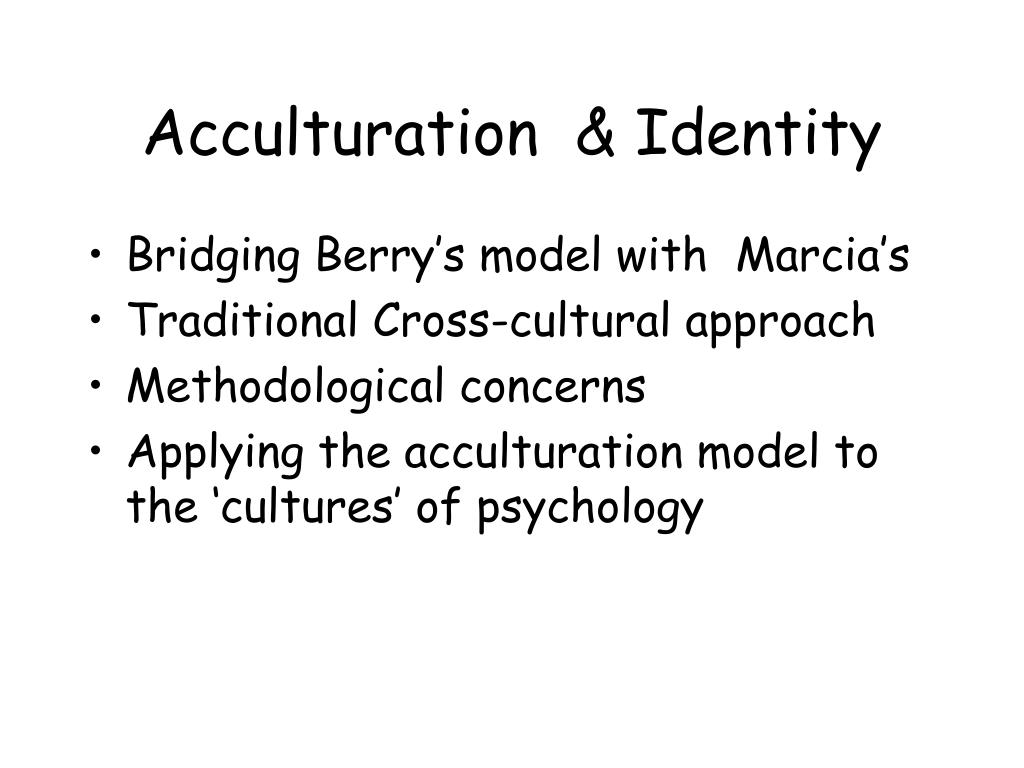



Ppt Methodological Integration For The Assessment And Understanding Of Acculturation Styles And Experiences Powerpoint Presentation Id
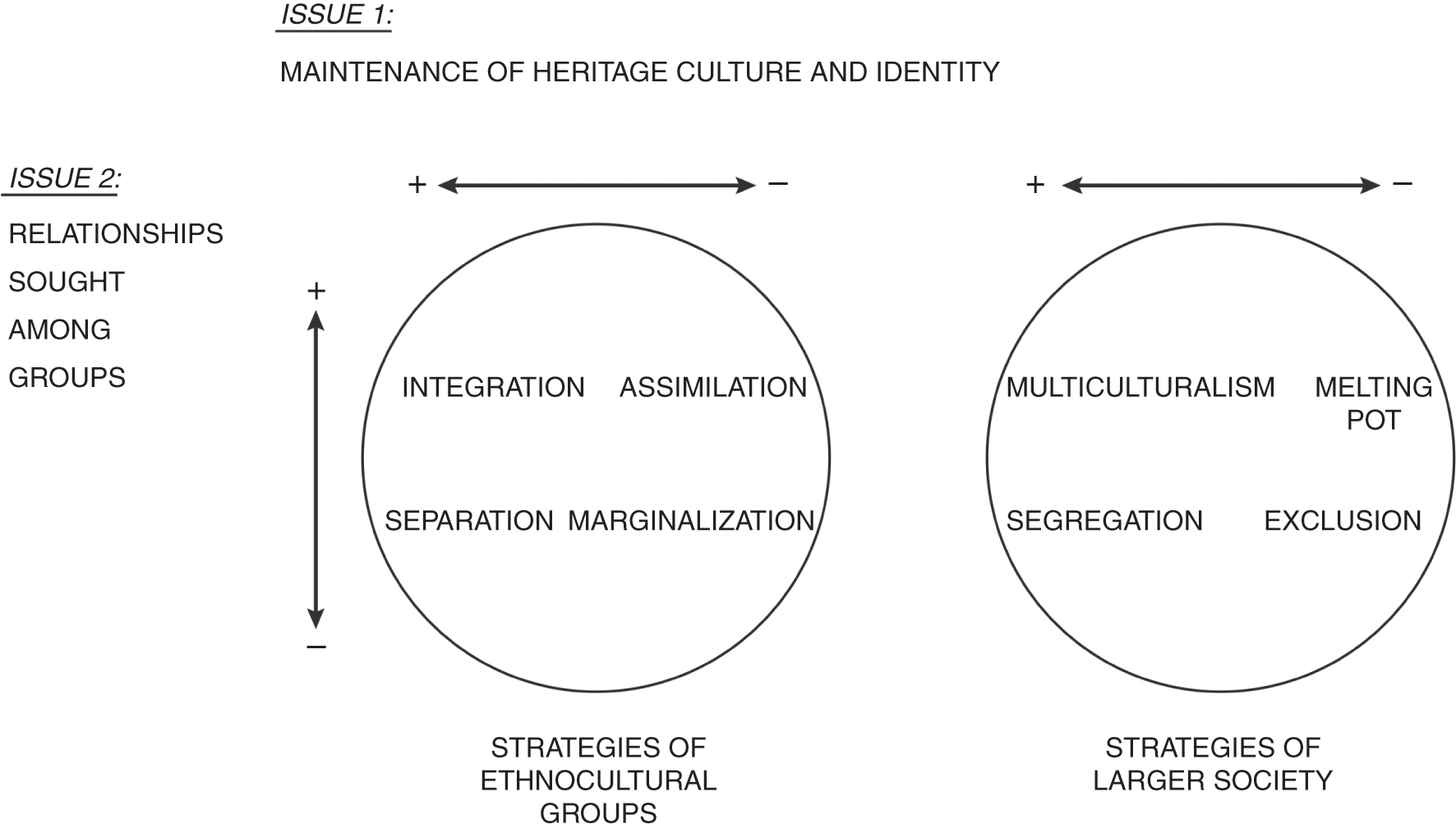



Acculturation
Testing Berry's model of acculturation A confirmatory latent class approach Cultural Diversity and Ethnic Minority Psychology, 14, 275–285 7 Stonequist, E V (1937)Shareable Link Use the link below to share a fulltext version of this article with your friends and colleagues Learn moreBerry's Acculturation model a theory that examines individuals attitudes and behavior when being exposed to another culture in order to fit in to the culture, not only does the person has to be open to the culture, but the culture needs to be accepting too




Acculturation Styles Adapted From Berry 1997 Download Scientific Diagram
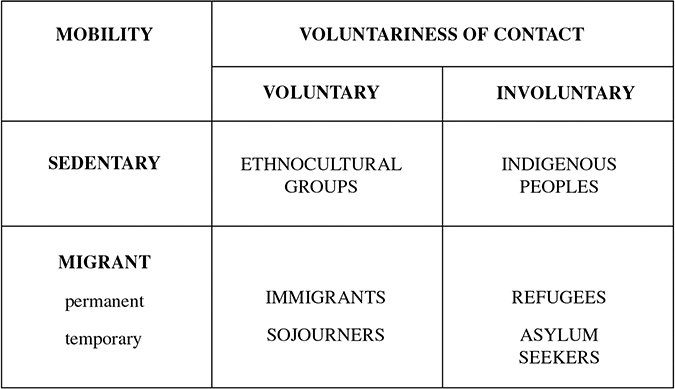



Contexts Ofacculturation Chapter 3 The Cambridge Handbook Of Acculturation Psychology
The fourfold model categorizes acculturation strategies along two dimensions The first dimension concerns the retention or rejection of an individual's minority or native culture (ie "Is it considered to be of value to maintain one's identity and characteristics?") The second dimension concerns the adoption or rejection of the dominant Berry's 4 acculturation strategies are assimilation, separation, marginalization and integration (bicultural) John Berry's Model of Acculturation Based on two principles Cultural Maintenance the extent individuals value and wish to maintain their cultural identity Contact Participation the extent individuals value and seek out contact with those outside their own group, and wish to participate in the daily life of the larger society 7




Berry S Model Of Acculturation Working In A Cross Cultural Team Berry S Model Of Acculturation




4 3 1 Les Strategies D Acculturation De J Berry
Acculturation strategies (Berry) Assimilation (adopting cultural behaviours and values of the new culture, and abandoning of the original one) Integration (adopting cultural behaviours and values of the new culture, while maintaining the original one)Schwartz & Zamboanga, 08) Such approaches are misleading because they assume the presence andRyder, Alden, & Paulhus, 00), and under the guidance of these models, numerous acculturation measures have been developed However, the debate over which model captures the acculturation process appropriately and whether existing instruments




Berry S Model Of Acculturation Diagram Quizlet



Repository Library Northeastern Edu Files Neu Cjpq08k Fulltext Pdf
Testing Berry's model of acculturation a confirmatory latent class approach The authors examined the extent to which Berry's (1997) acculturation orientation categoriesassimilation, integration, separation, and marginalizationwould emerge from a latent class analysis of continuous acculturation indices Hispanic college students (N = 436Animated Video created using Animaker https//wwwanimakercom Useful animation of Berry's model of acculturation as well as reference to his study Quick Berry believed that minorities accumulate in different ways One may be a little more afraid to assimilate with the mainstream culture or they may hate both their cultures and the mainstream culture The different ways people accumulate are called Integration, Assimilation, Separation, and Marginalization




Exploring Migrant Families Acculturation And Livelihoods In Canada And The Role Of Sport Participation Journal Of Sport For Development




Berry S Acculturation Model Source Berry 01 P 618 Download Scientific Diagram
Berry & Sam, 1997) conceived of acculturation as a process of adaptation that includes two dimensions that lead to four possible strategies of acculturation or types of adaptation Berry's (1980a) model of acculturation categorizes individuals into four quadrants To do this, much of the research has utilized arbitrary cutoffs and thresholds on the associated acculturation measures This is problematic for two reasons First, the creation of arbitrary thresholds makes comparisons between studies difficult The Acculturation Model is a second language acquisition model designed by John H Schumann in 1978 The Power of PowerPoint thepoppcom 4 This model is based on the socialpsychology of acculturation Acculturation model maintains that certain social and psychological variables cluster into a single variable, acculturation Learners will
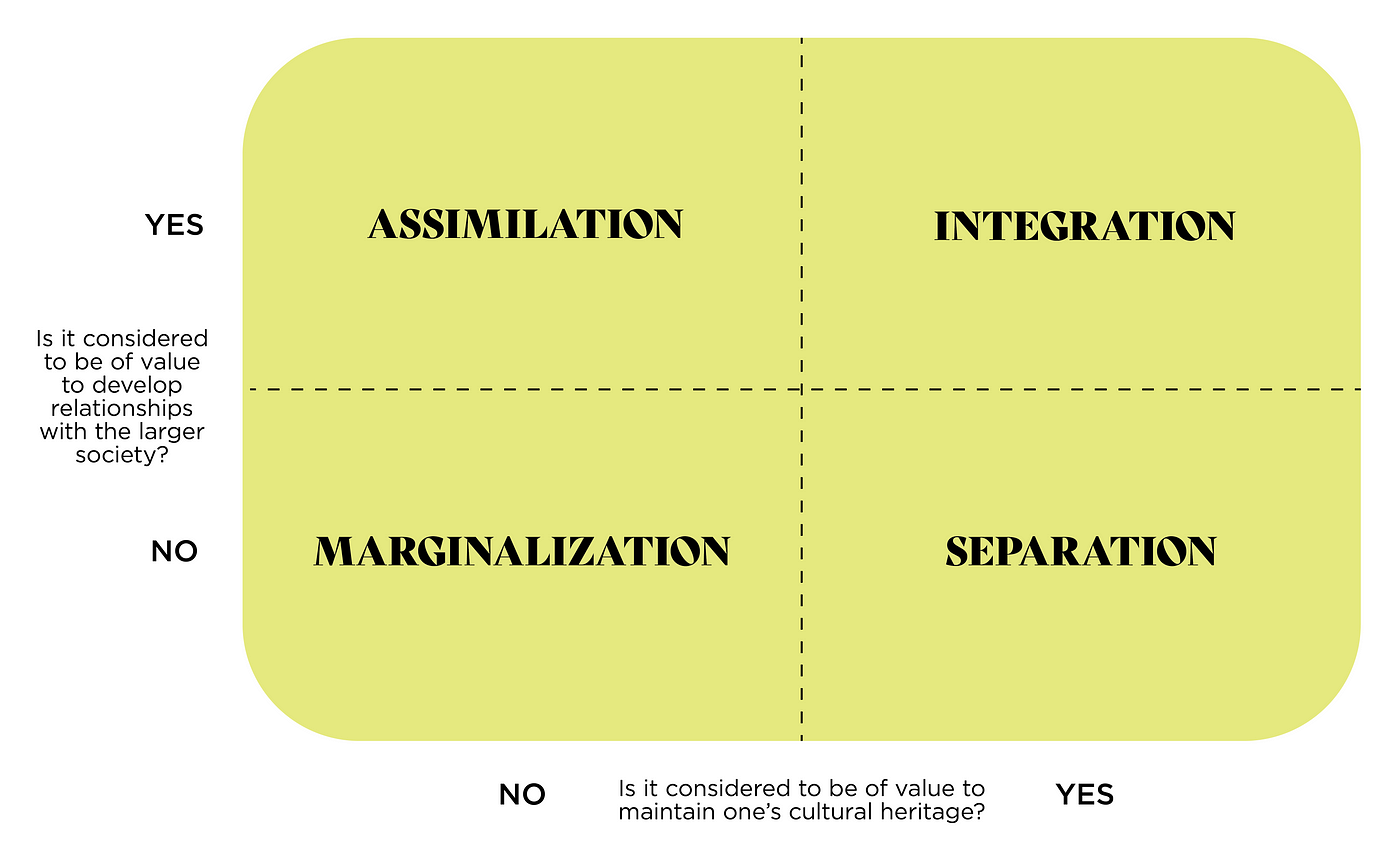



Integrating Translucent Acculturation By Alex Michael Fogleman Medium



Scholarworks Gvsu Edu Cgi Viewcontent Cgi Date Article 1105 Context Orpc Preview Mode
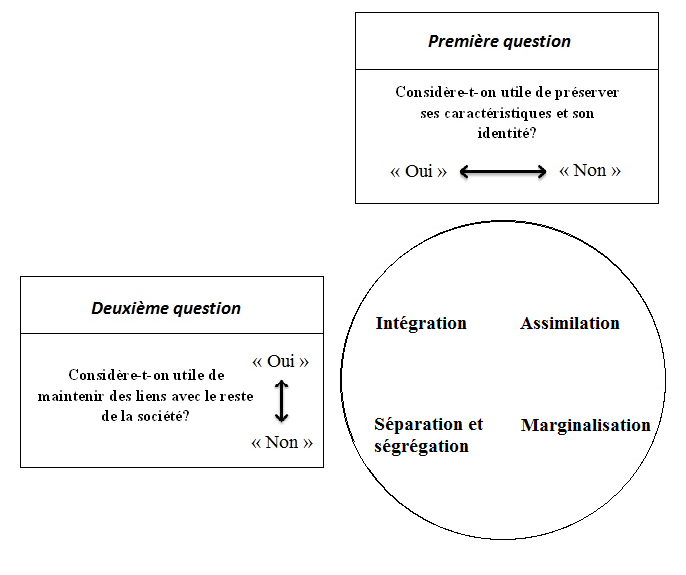



Adaptation Et Acculturation Les Soins Aux Enfants Neo Canadiens




Domains Of Identity Adolescent Psychology



Repository Usfca Edu Cgi Viewcontent Cgi Article 2235 Context Thes




Pdf A Critique Of Critical Acculturation




流されないように Acculturation Banga




Acculturation Wikipedia



Acculturation Junglekey Fr Image




Impact Of The Group Of Co Migrants On Strategies Of Acculturation Towards An Expansion Of The Berry Model Cohen 11 International Migration Wiley Online Library




Berry S Classification Of Acculturation Orientations 5 The Four Download Scientific Diagram




Globalisation And Acculturation Sciencedirect
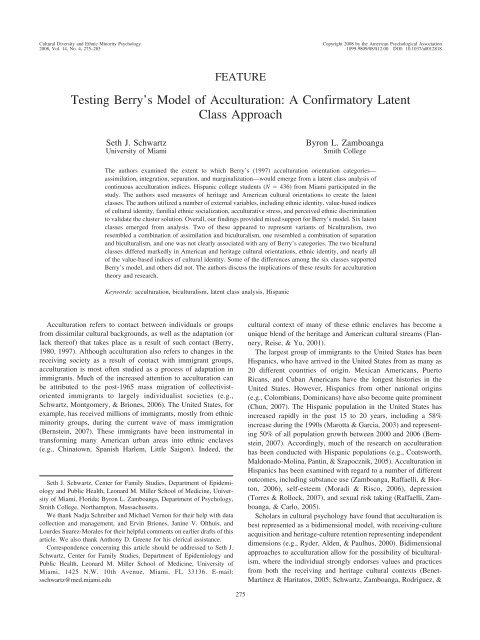



Testing Berry S Model Of Acculturation American Psychological
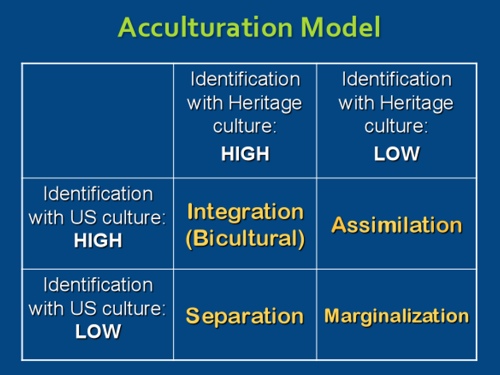



Acculturation 4 Ways To Adjust To A New Culture Hoai Thu Truong



Hal Archives Ouvertes Fr Hal Document
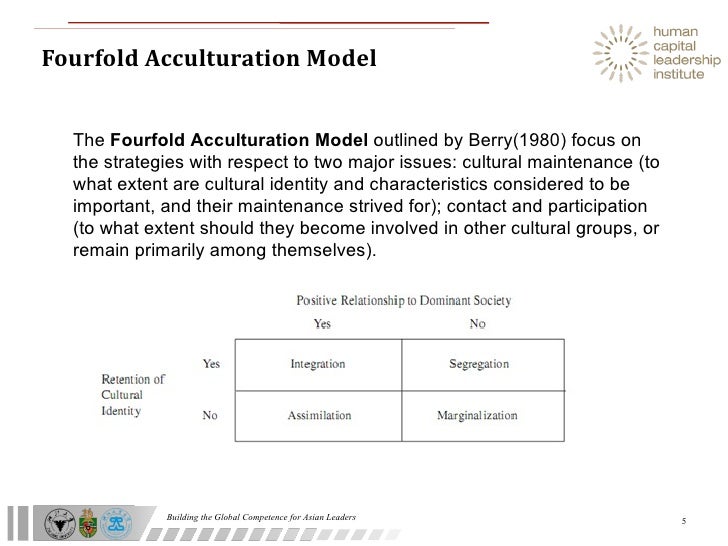



Acculturation Perspective Of Global Leadership




The Two Dimensional Acculturation Model Of Berry Download Scientific Diagram




Berry S Model Of Acculturation Cultural Identity Study Materials Psychology




Sage Books Applied Cross Cultural Psychology
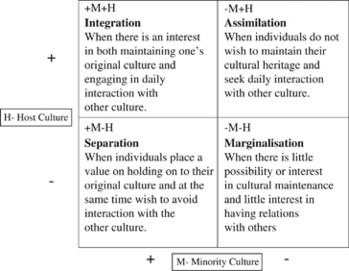



Exploring The Role Of Acculturation In Brand Choice A New Perspective For Targeting Indians Living In The United Kingdom Springerlink




Vivianw Vivianw26 個人檔案 Pinterest
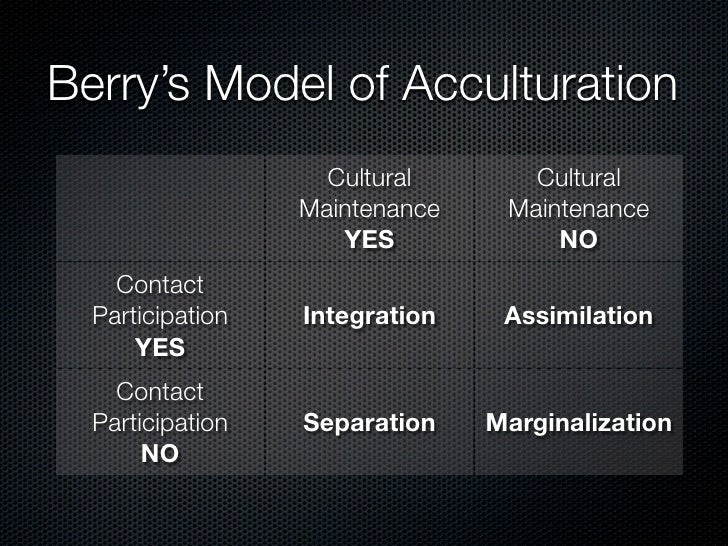



Acculturation




Acculturation Living Successfully In Two Cultures Sciencedirect
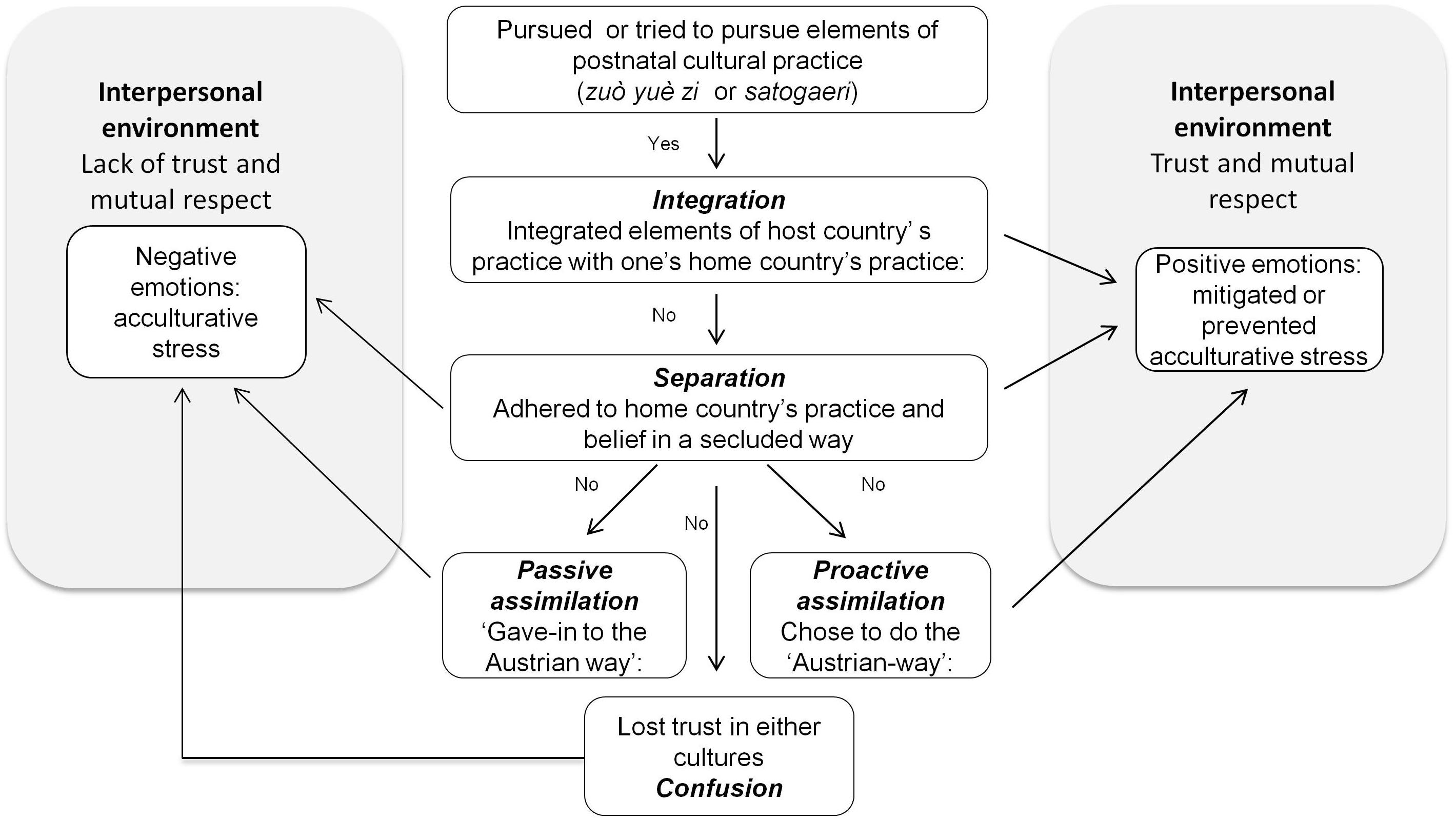



Frontiers No Austrian Mother Does This To Sleep Without A Baby Postnatal Acculturative Stress And Doing The Month Among East Asian Women In Austria Revisiting Acculturation Theories From A Qualitative Perspective



Towards A Framework For Understanding Ethnic Consumers Acculturation Strategies In A Multicultural Environment A Food Consumption Perspective Emerald Insight




Psychology Of Globalization Ppt Download
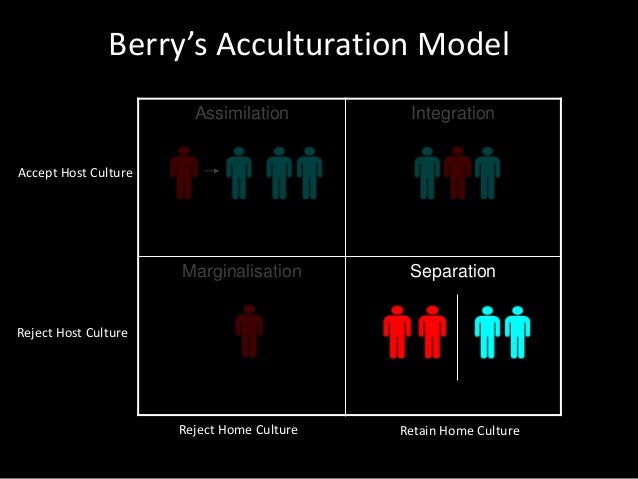



Gdnhoviorubwgm
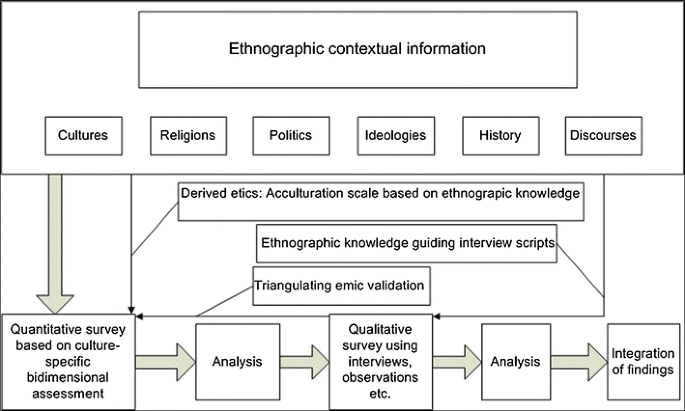



Theories And Methodologies In Acculturation Psychology The Emergence Of A Scientific Revolution Springerlink




Berry S 1992 Acculturation Model Download Scientific Diagram




Pdf An Empirical Comparison Of Acculturation Models Semantic Scholar
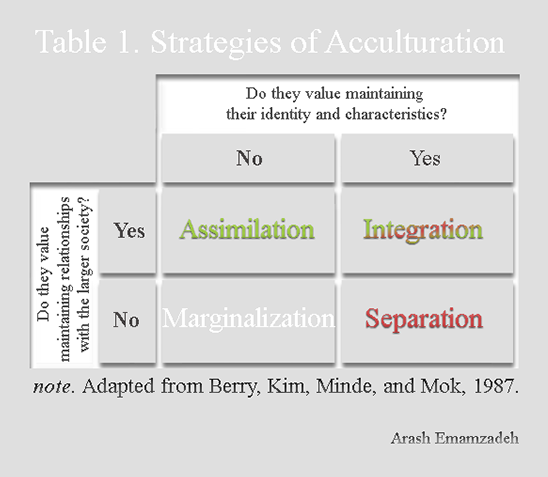



Acculturation And Migration Interview With Dr J W Berry Psychology Today




Les Etudiants D Afrique Subsaharienne Chapitre Iv Processus D Acculturation Editions Ies




Berry S Acculturation Model Cultural Maintenance Of Immigrant Or Host Download Table




Xixth International Congress Of The International Association For




Pdf Acculturation Model For L2 Acquisition Review And Evaluation Reza Vaseghi Academia Edu



Www Researchsquare Com Article Rs 39 V1 Pdf
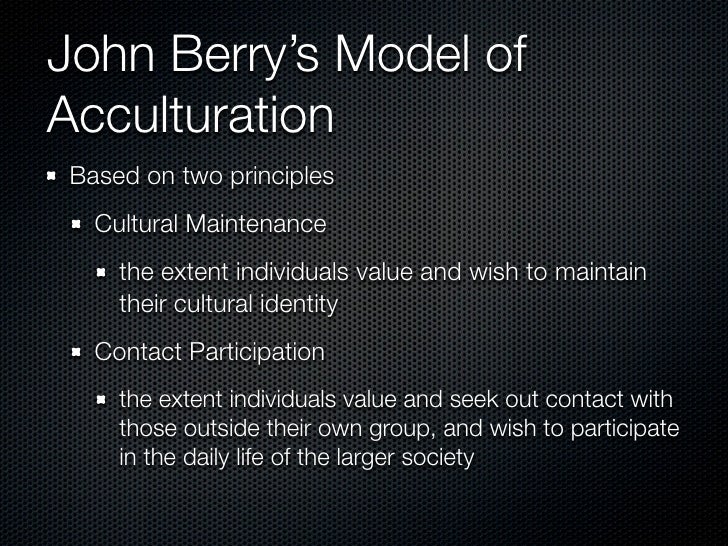



Acculturation



Topic Five Acculturation
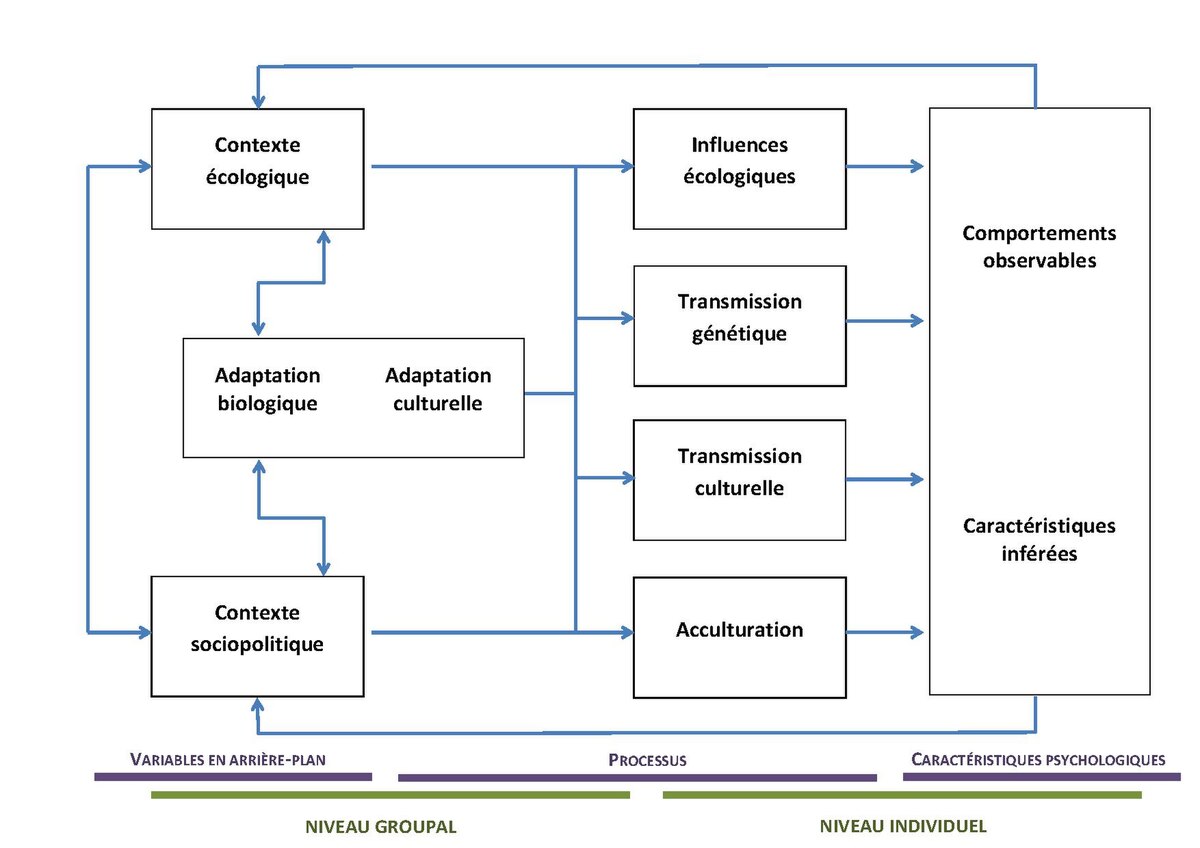



Fichier Modele Ecoculturel De John W Berry Pdf Wikipedia




Testing A Modified Interactive Acculturation Model In Japan American Japanese Coworker Relations Sciencedirect




Sage Books Applied Cross Cultural Psychology



Www Reading Ac Uk Web Files Inform Acculturative Strategies And Experiences Of International Students Pdf
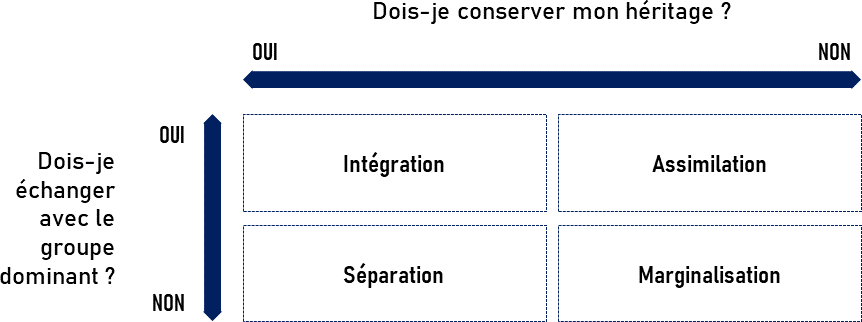



Comment S Adapte T On A Une Autre Culture Et Quelles En Sont Les Consequences Au Travail Laboragora




Berry S Model Of Acculturation Psychology Youtube




Profils D Acculturation D Eleves Issus De L Immig Revue Des Sciences De L Education Erudit
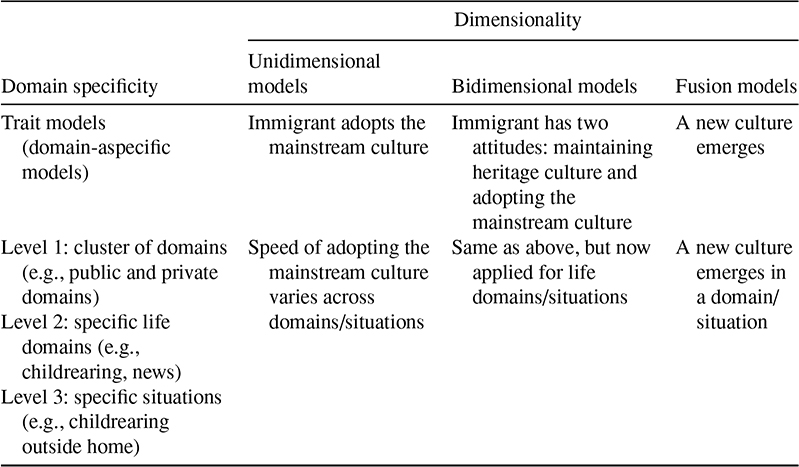



Assessment Of Psychological Acculturation Chapter 10 The Cambridge Handbook Of Acculturation Psychology



Assimilation Or Integration Similarities And Differences Between Acculturation Attitudes Of Migrants From Central Asia And Russians In Central Russia Psychology In Russia State Of The Art
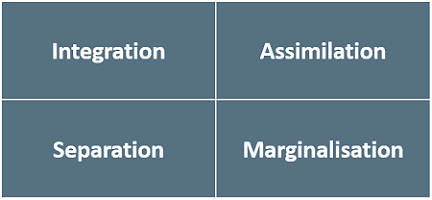



To Acculturate Or Not To Acculturate Culture Resource Centre




What Is Acculturation Ib Psychology




Pdf Lead Article Immigration Acculturation And Adaptation Semantic Scholar
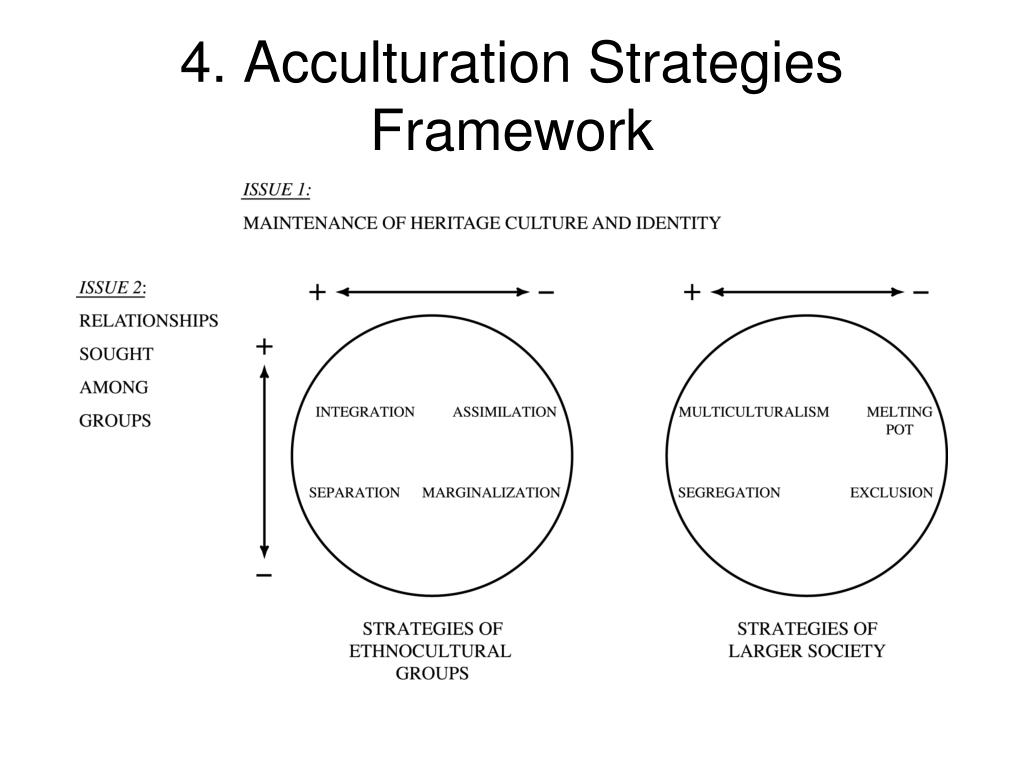



Ppt Acculturation And Adaptation Of Immigrant Youth Powerpoint Presentation Id




Table 2 From An Intercultural Interaction Model Acculturation Attitudes In Second Language Acquisition Semantic Scholar




Mobility And Acculturation Springerlink




January 27 Acculturation Cross Cultural Family Development



Q Tbn And9gctpm7flhpmctfrybz3ss3zhoxgmlwckoyftwgzfcgqoe19rxpxf Usqp Cau



1




Berry S Framework Four Varieties Of Acculturation Download Scientific Diagram
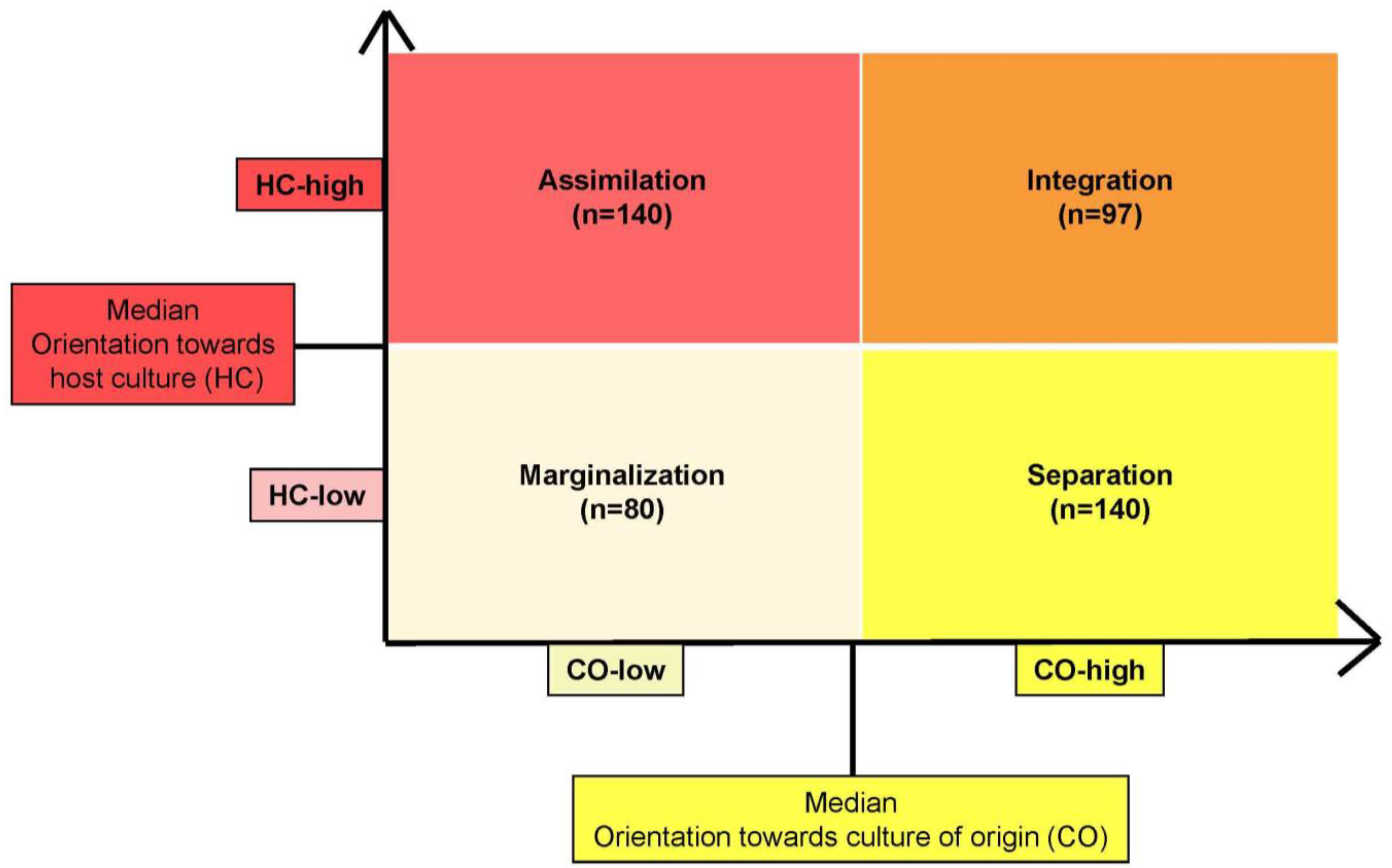



Ijerph Free Full Text Acculturation And Depressive Symptoms Among Turkish Immigrants In Germany Html
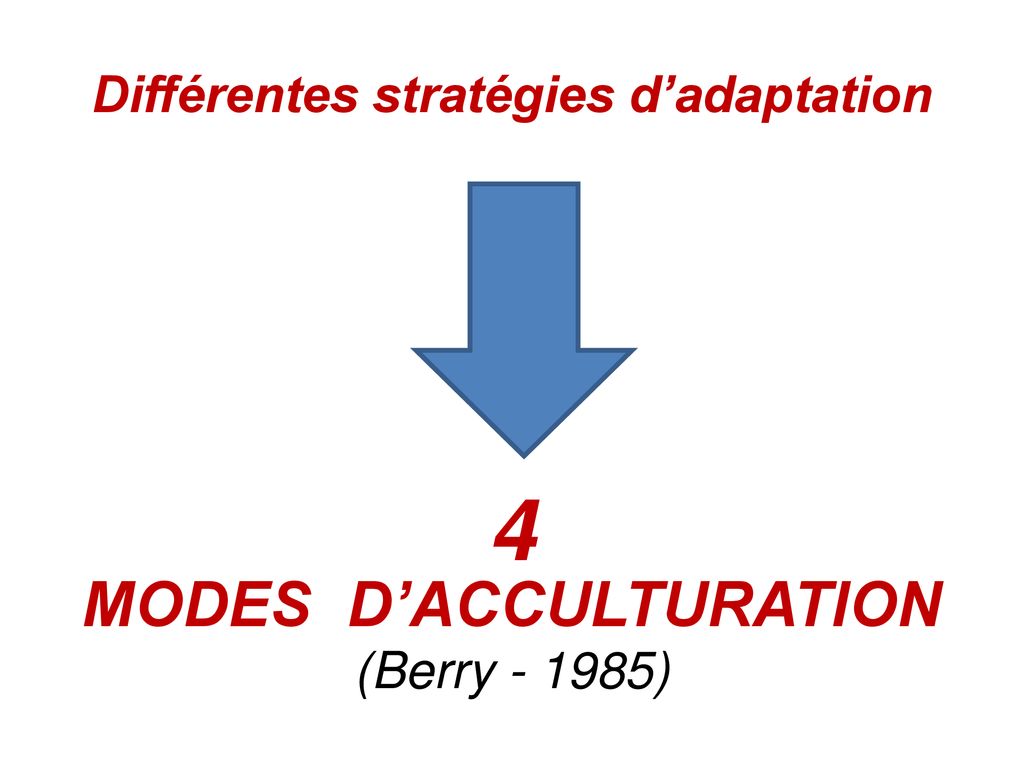



L Acculturation Strategies D Acculturation D Apres J W Berry Ppt Telecharger




Context Dependent Ethnic Identity And Its Impact On Product Evaluations A Case Of The Asian Indian Immigrants Acr



Www Athensjournals Gr Media 16 2 1 2 Mittelstadt Pdf



Repository Usfca Edu Cgi Viewcontent Cgi Article 2235 Context Thes




Interactive Effects Of Personality And Separation As Acculturation Style On Adolescent Antisocial Behaviour International Journal Of Clinical And Health Psychology
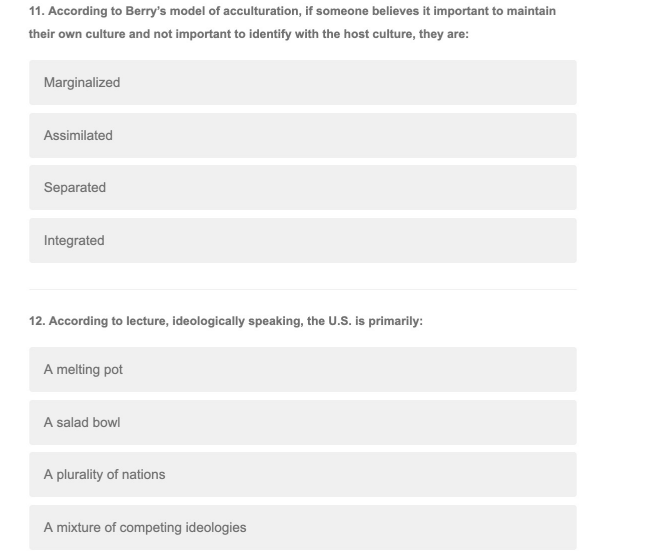



11 According To Berry S Model Of Acculturation If Chegg Com




Advancing Acculturation Theory And Research The Acculturation Process In Its Ecological Context Sciencedirect




Contexts Ofacculturation Chapter 3 The Cambridge Handbook Of Acculturation Psychology




National Identification Endorsement Of Acculturation Ideologies And Prejudice The Impact Of The Perceived Threat Of Immigration




Cfs 4 Midterm Diagram Quizlet
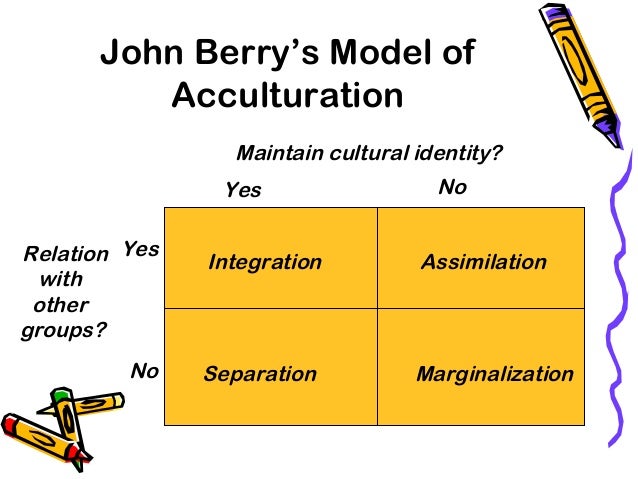



Workshop Acculturation Cfc




Testing A Modified Interactive Acculturation Model In Japan American Japanese Coworker Relations Sciencedirect



Assimilation Or Integration Similarities And Differences Between Acculturation Attitudes Of Migrants From Central Asia And Russians In Central Russia Psychology In Russia State Of The Art




1 Acculturation Theory Berry S Model Of Acculturation Communication Theory Study Related Communication
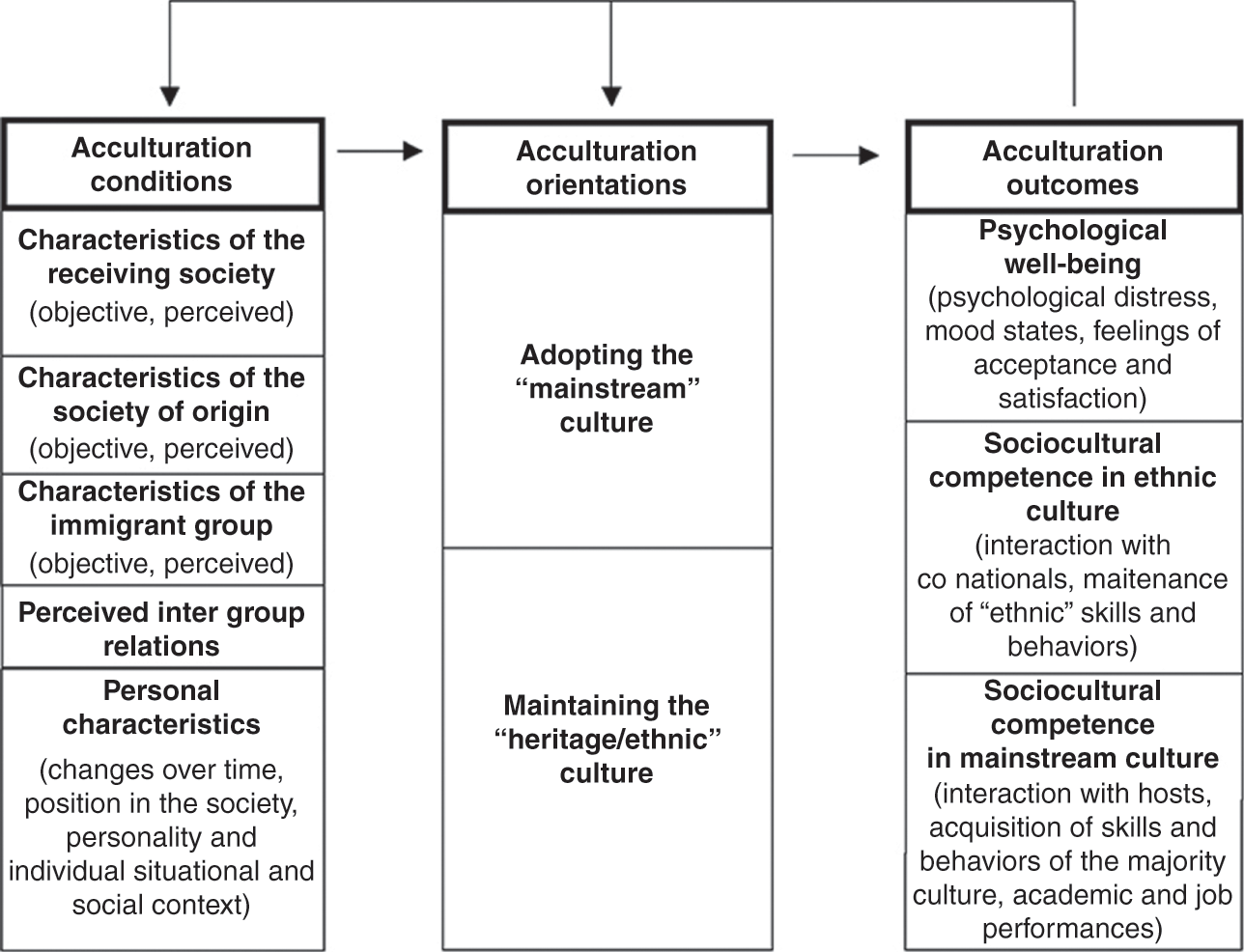



Assessment Of Acculturation Chapter 6 The Cambridge Handbook Of Acculturation Psychology




Acculturation Wikipedia




Acculturation And Adaptation Among Migrants John Berry Queen S



Q Tbn And9gcrqh5w Exh5l Jsxuwysibhkveal1bi Vmlnd38 Nhpgbabe7zk Usqp Cau



0 件のコメント:
コメントを投稿